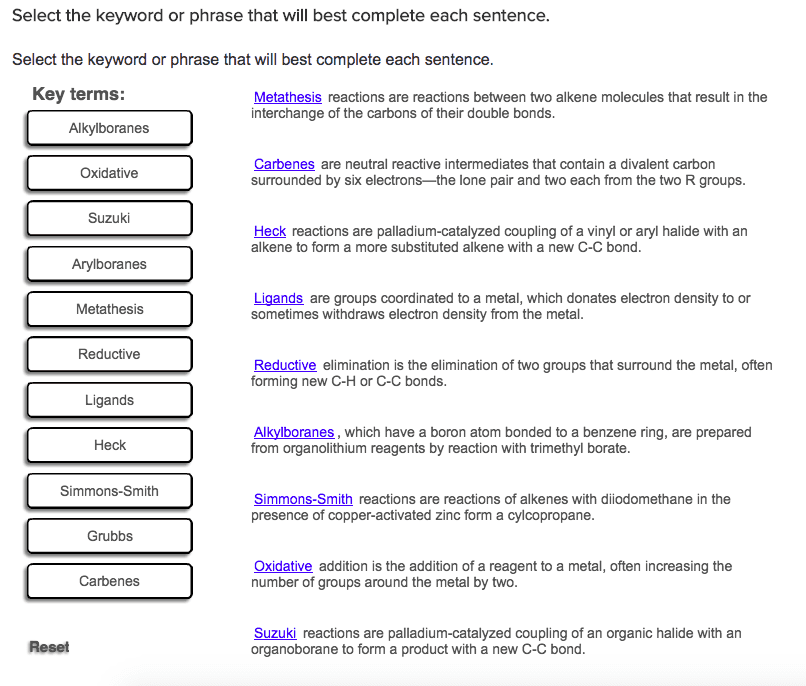CHEM 2331H Chapter Notes -Pi Bond, Carbon Tetrachloride, In Step
Document Summary
Reactions of alkenes: all alkenes have c=c double bond, which = reactive, has characteristic reactions. 8. 1) reactivity of the carbon-carbon double bond: single bonds = more stable than pi bonds most common rxns of double bonds make pi bond sigma bond. 3 major types of rxns: addition: 2 molecules combine 1 product molecule. 8. 2) electrophilic addition to alkenes: hypothetically, many energetically favorable rxns exist, but not all = @ convenient rates. Strong electrophile attacks loosely held electrons from pi bond of alkene: step 2: attack by nucleophile gives the addition product. Electrophile forms sigma bond to one of c"s of former double bond, other. Carbocation (strong electrophile) reacts w/ nucleophile (often weak) to. C becomes carbocation form another sigma bond: basically, 2 different sets of electrophiles/nucleophiles react for step 1 and 2. In 1st step, alkene = nucleophile and other thing = electrophile; in step 2, former alkene.


